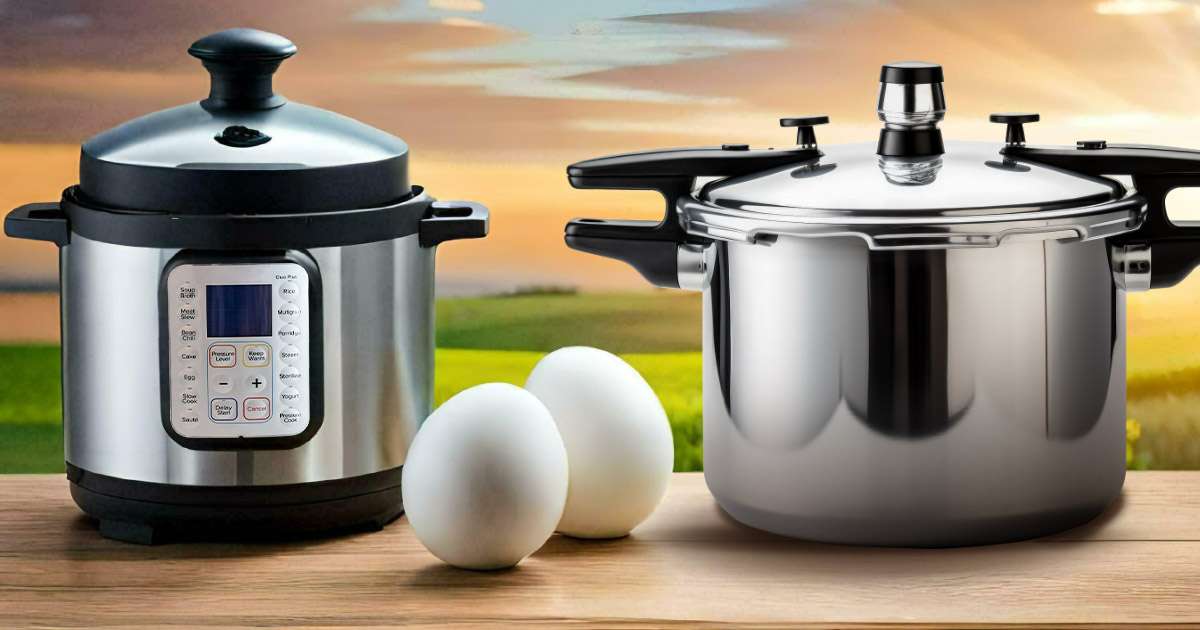10 Signs It’s Time to Replace Your HVAC System

Heating, ventilation, and air conditioning (HVAC) systems keep homes comfortable year-round. However, these systems don’t last forever, and eventually, they need replacement. Knowing the signs of a failing system can help prevent costly repairs and keep energy bills in check. Here, we explore the importance of replacing old HVAC units, key indicators that it’s time to get a new one, and how recognizing these signs can benefit your home and health.
The Importance of Replacing an Old HVAC
An outdated HVAC system doesn’t just impact comfort; it also affects energy efficiency, air quality, and overall maintenance costs. Systems that are over a decade old often struggle to maintain efficiency, even with regular servicing. As HVAC systems age, they lose their ability to effectively heat or cool spaces, requiring more energy to achieve the same level of comfort. This increased energy demand leads to higher utility bills and a larger carbon footprint.
Modern HVAC units are designed to be more energy-efficient and eco-friendly, helping homeowners reduce energy consumption and their impact on the environment. In addition, newer systems include advanced technology for improved temperature control and air quality, both essential for a healthier living space. Replacing an old unit can lead to long-term savings, greater comfort, and fewer emergency repairs, making it a smart investment for homeowners.
10 Signs You Need to Get a New HVAC
Recognizing early signs that your HVAC is failing can prevent discomfort and unexpected breakdowns. Here are the top indicators that it might be time to replace your heating and air conditioning system.
HVAC is 10+ Years Old
Most HVAC systems have a lifespan of 10 to 15 years. After a decade, even the best-maintained units begin to show signs of wear and lose efficiency. Older units often lack the energy-saving technologies that new models offer, so if your HVAC is over ten years old, consider looking into an upgrade for better performance and cost savings.
Weak Air Flow
If your system is no longer circulating air effectively, it may signal a problem with the compressor or ductwork. Weak airflow makes it difficult to maintain a consistent temperature, which can leave rooms feeling stuffy and uncomfortable. This is often a sign that your HVAC system’s internal components are deteriorating, indicating a potential need for replacement.
Blowing Warm Air
When an air conditioning unit is blowing warm air instead of cooling the space, it may have a refrigerant leak, a failing compressor, or other significant issues. Warm air in cooling mode suggests that the system can no longer regulate temperature correctly, signaling that it may be time for a new HVAC unit.
Bad/Foul Smell
Strange odors from the HVAC system, such as burning, musty, or moldy smells, could indicate serious issues. Mold or mildew in the ducts can lead to poor indoor air quality and health risks, while burning smells may point to electrical problems. If odors persist despite cleaning, replacing the unit might be the safest choice for both comfort and safety.
There’s Humidity
An effective HVAC system not only regulates temperature but also controls humidity levels. If your system is failing to keep indoor humidity in check, you may notice excess moisture, condensation on windows, or even mold growth. This indicates that your HVAC is no longer functioning properly and may need replacement to restore a balanced indoor environment.
Short Cycling
Short cycling occurs when an HVAC system frequently turns on and off without completing a full cooling or heating cycle. This not only wastes energy but also strains the system, leading to faster wear and tear. Short cycling is typically a sign of a larger problem that may require a new system to ensure efficient, reliable performance.
High Energy Bills
If your energy bills are steadily increasing despite regular maintenance, it could be due to an inefficient HVAC system. Older units need more power to run as they age, which results in higher utility costs. A replacement can provide significant energy savings, as newer models are optimized to use less power while delivering better temperature control.
Frequent Repairs
While occasional repairs are normal, frequent breakdowns are a strong indication that your HVAC system is reaching the end of its life. Repair costs can quickly add up, making it more economical to replace the system rather than continue investing in fixes for an aging unit. Consider the “5,000 rule”: if the cost of repairs multiplied by the unit’s age is over $5,000, replacement is likely a better option.
Leakages
Leaks around the HVAC unit, particularly refrigerant leaks, are a red flag. Not only can refrigerant be harmful to the environment, but leakage also means the system is under strain and likely struggling to perform efficiently. If repairs don’t resolve the issue, it may be more beneficial to invest in a new HVAC system.
Unusual/Loud Noises
Strange sounds such as grinding, squealing, or rattling from your HVAC system could be due to worn-out parts or loose components. While some noise is typical, particularly during startup, unusual or loud sounds are often signs of a failing unit. Replacing it can restore peace and quiet, along with improved performance.
Know When It’s Time for a New HVAC System
Upgrading your HVAC system when signs of wear become evident can save you from future headaches and mounting repair bills. An efficient, well-functioning HVAC not only enhances indoor comfort but also positively impacts energy costs and environmental footprint. While regular maintenance can prolong a system’s lifespan, recognizing when to replace heating and air conditioning units ultimately ensures a healthier, more efficient home.
